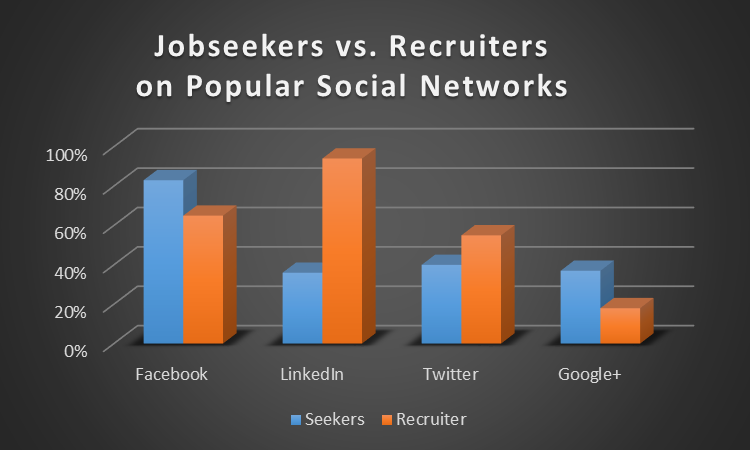 |
Polivka, senior director of Global Employer Branding & Marketing United Health Group, offered her branding tips at the HR Technology Conference held recently in Las Vegas.
First off, says Polivka, lay the groundwork of why online ambassadors are important. Here are key recruiting technologies that differentiate the best from the rest. These will help you build your business case, says Polivka. The following information is taken from the March 2014 Aberdeen Group Report.
- Seventy-three percent of best-in-class companies have the ability to allow jobseekers to apply through their mobile devices.
- Seventy-two percent of best-in-class companies leverage social media for talent acquisition.
- Seventy-one percent of best-in-class companies provide jobseekers the option to upload a LinkedIn profile instead of a résumé.
- Fifty-eight percent of best-in-class companies leverage or plan to leverage video-interviewing tools.
- Forty-nine percent of the best-in-class companies are looking for tools to replace the résumé in the next 5 years.
Employment branding is the face of any company. Learn what your competitors may be up to with our new research report, Employment Branding Today: Putting the Company’s Best Face Forward. Learn More
Further, Polivka says, consider the candidate process.
Orientation: Candidates evaluate themselves and the market by searching for jobs on major search engines (85%) and by visiting job boards (69%).
Consideration: Candidates become more interactive and social by visiting companies’ career sites, 83% visiting career sites and 62% visiting social media sites.
Action: Candidates actively apply to jobs, 63% saying they do research before applying. Further, 62% are disappointed in companies that are unresponsive during the application process.
Engagement: Candidates consider job offers. Seventy percent agree that their experience, positive or negative, impacts their decision to accept a position, and 68% say they would be willing to accept less than their lowest salary requirement.
Here’s what’s important, says Polivka: For three of the four steps above, you have no influence. By the way, she adds, these jobseekers are savvy. Don’t worry if you have a negative comment—they can spot the disgruntled employee. It’s the collective voice that counts.
Which social networks do jobseekers and recruiters frequent?

Clearly, the largest disparity, says Polivka, is that 94% of recruiters are on LinkedIn and only 36% of jobseekers are.
Trend: An Evolving Customer
Polivka offers the following facts to help readers understand how customers are changing:
- Forty-seven percent of jobseekers say a company’s online reputation matters as much as the job offer (Time Magazine, March 2013).
- Thirty-nine percent of jobseekers do not find enough information on the official careers website and turn to third-party websites to fill in the gaps in information (Findly Survey).
But, most employers do not know what their online reputation is, says Polivka. To audit, start by asking, “Is it an accurate description?” You should actively work at telling a story.
How do HR departments take control of employment branding in a world rife with social media? It’s all in this report: Employment Branding Today: Putting the Company’s Best Face Forward. Click Here
What Are the Objectives of an Advocacy Program?
- Increase awareness and educate.
- Empower candidates to make informed decisions based on real information.
- Influence an accurate representation as a place to work, but not just by pushing messages. (Social media is a give-and-take relationship, Polivka says.)
- Drive engagement.
- Make ambassadors aware of Federal Trade Commission rules for advocacy.
In tomorrow’s Advisor, more tips from Polivka on software and training for employment branding, plus an introduction to BLR’s research report: Employment Branding Today: Putting the Company’s Best Face Forward!
